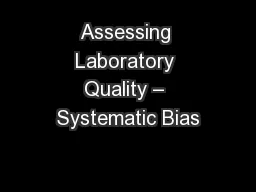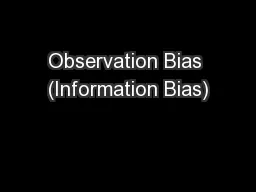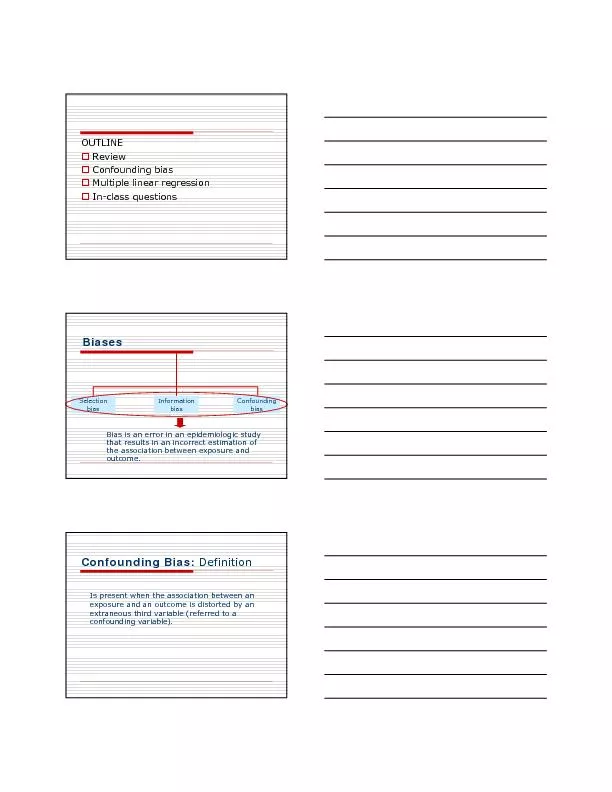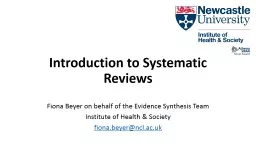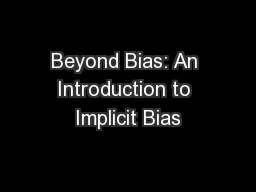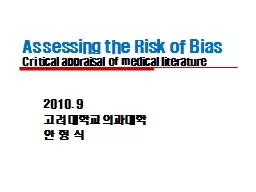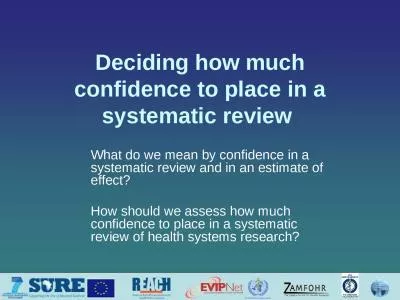PPT-Assessing Laboratory Quality – Systematic Bias
Author : cheryl-pisano | Published Date : 2018-12-10
Robert O Miller Colorado State University Fort Collins CO Miller 2013 Method Performance Bias accuracy and precision is best depicted by the target bulls eye Soil
Presentation Embed Code
Download Presentation
Download Presentation The PPT/PDF document "Assessing Laboratory Quality – Systema..." is the property of its rightful owner. Permission is granted to download and print the materials on this website for personal, non-commercial use only, and to display it on your personal computer provided you do not modify the materials and that you retain all copyright notices contained in the materials. By downloading content from our website, you accept the terms of this agreement.
Assessing Laboratory Quality – Systematic Bias: Transcript
Download Rules Of Document
"Assessing Laboratory Quality – Systematic Bias"The content belongs to its owner. You may download and print it for personal use, without modification, and keep all copyright notices. By downloading, you agree to these terms.
Related Documents

